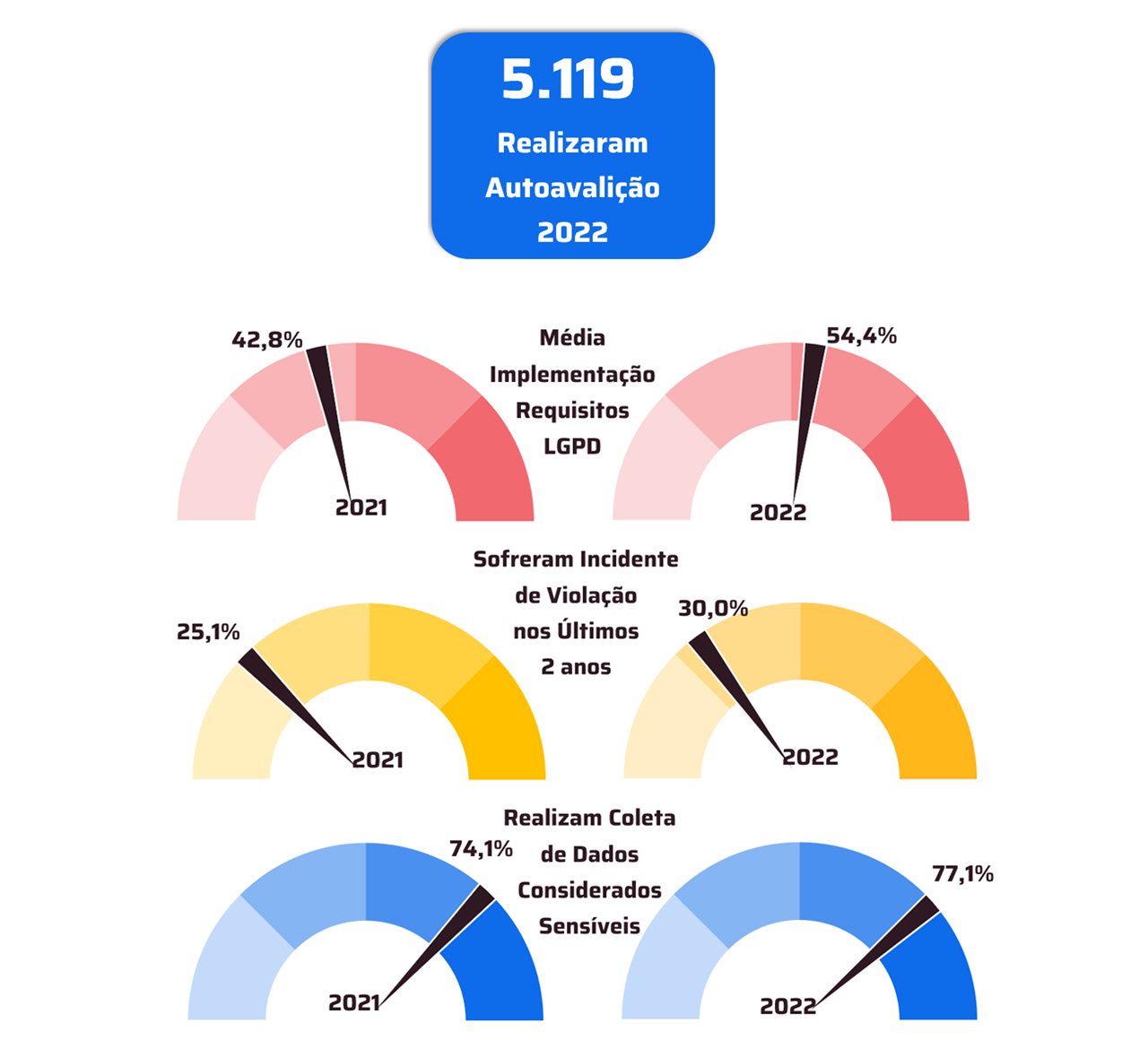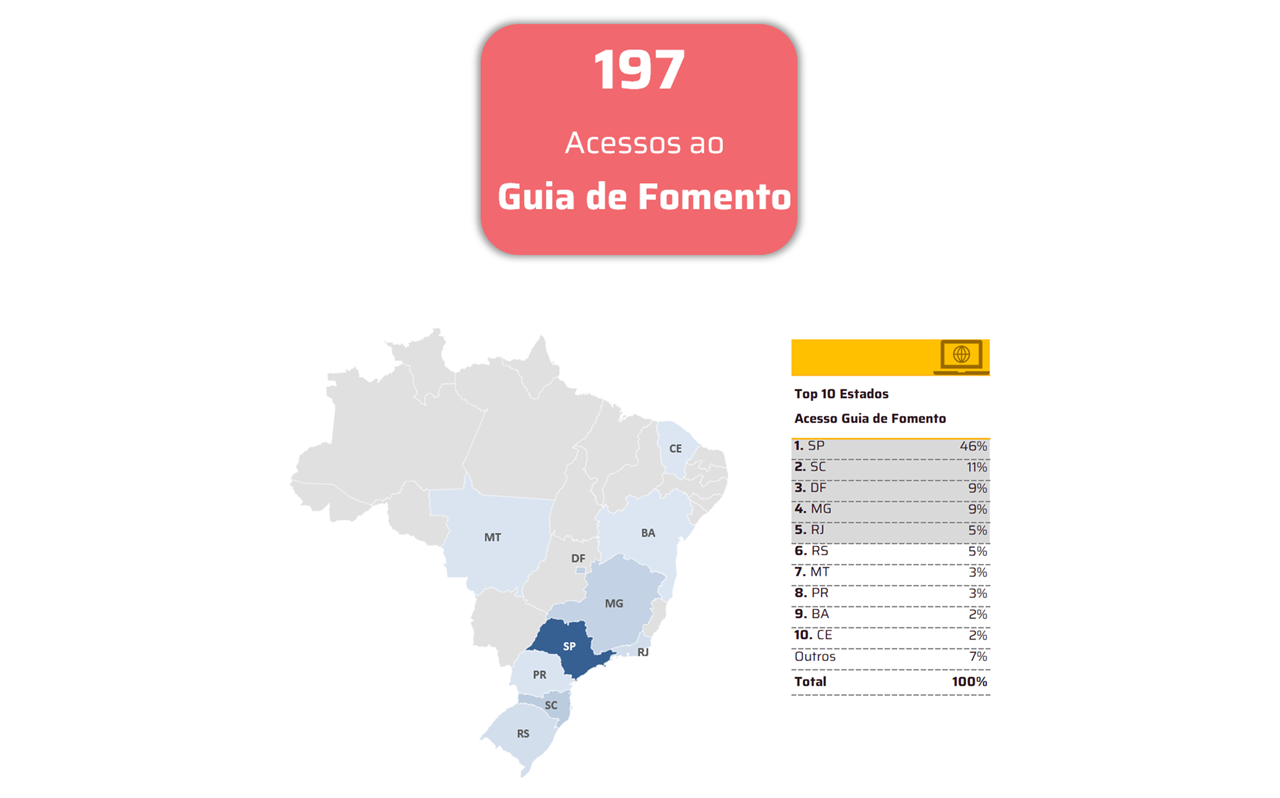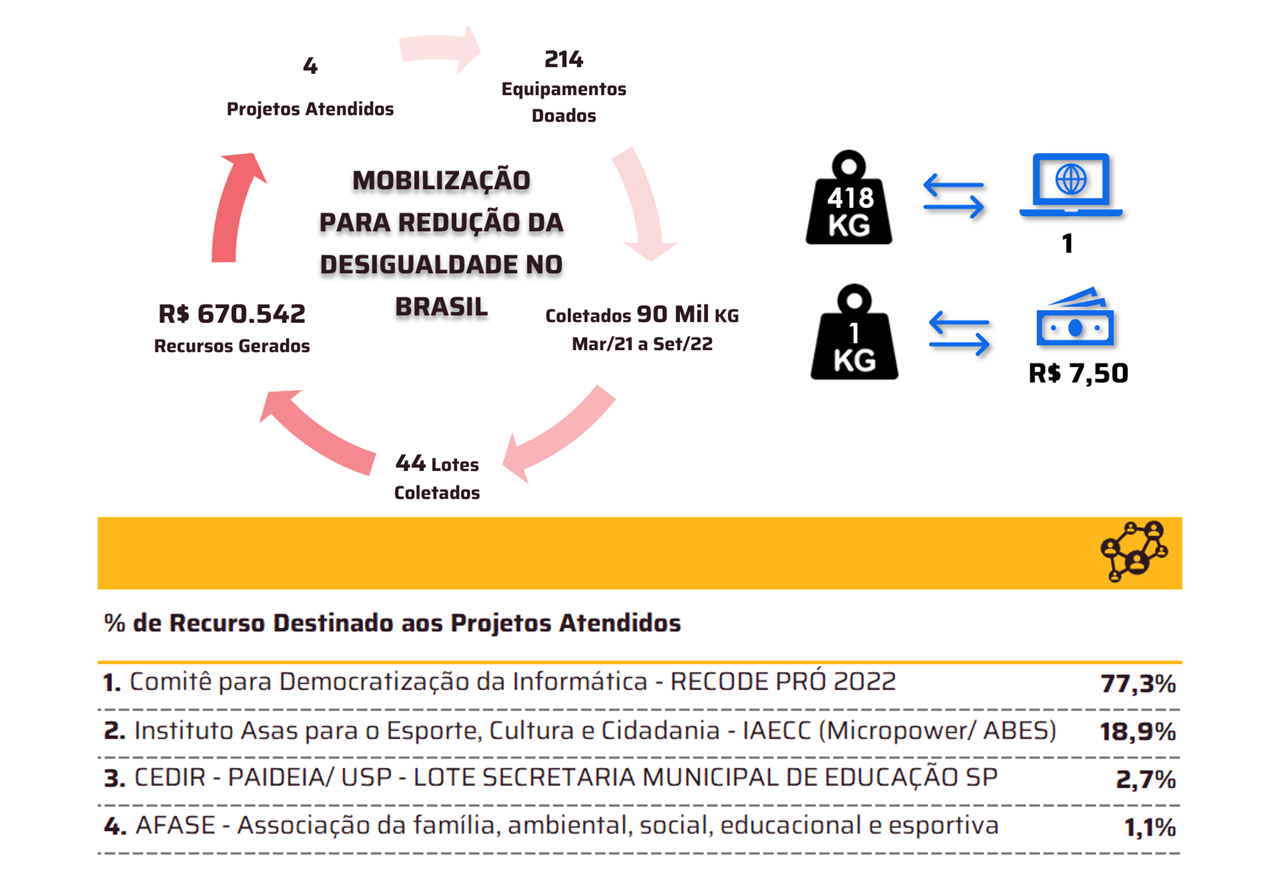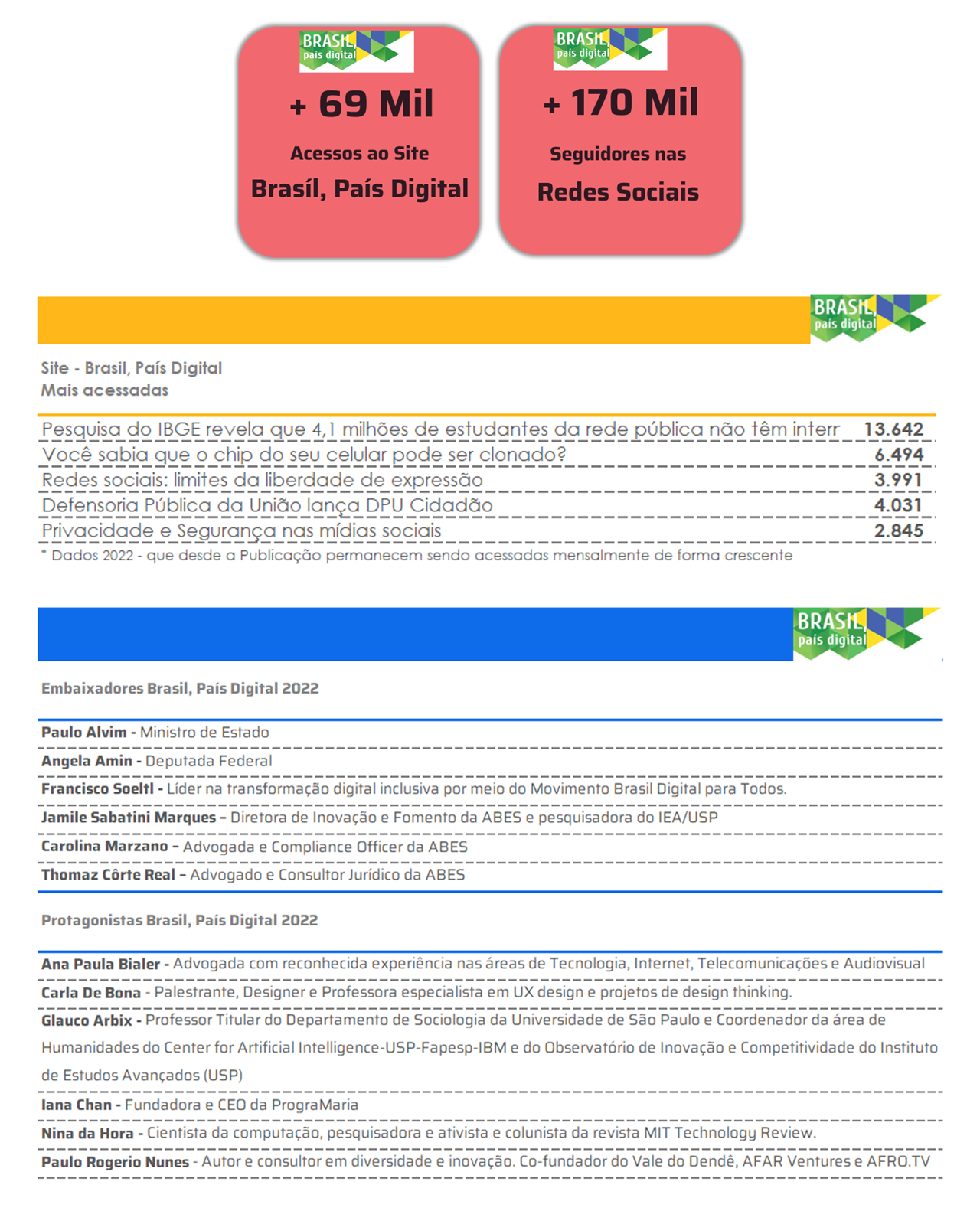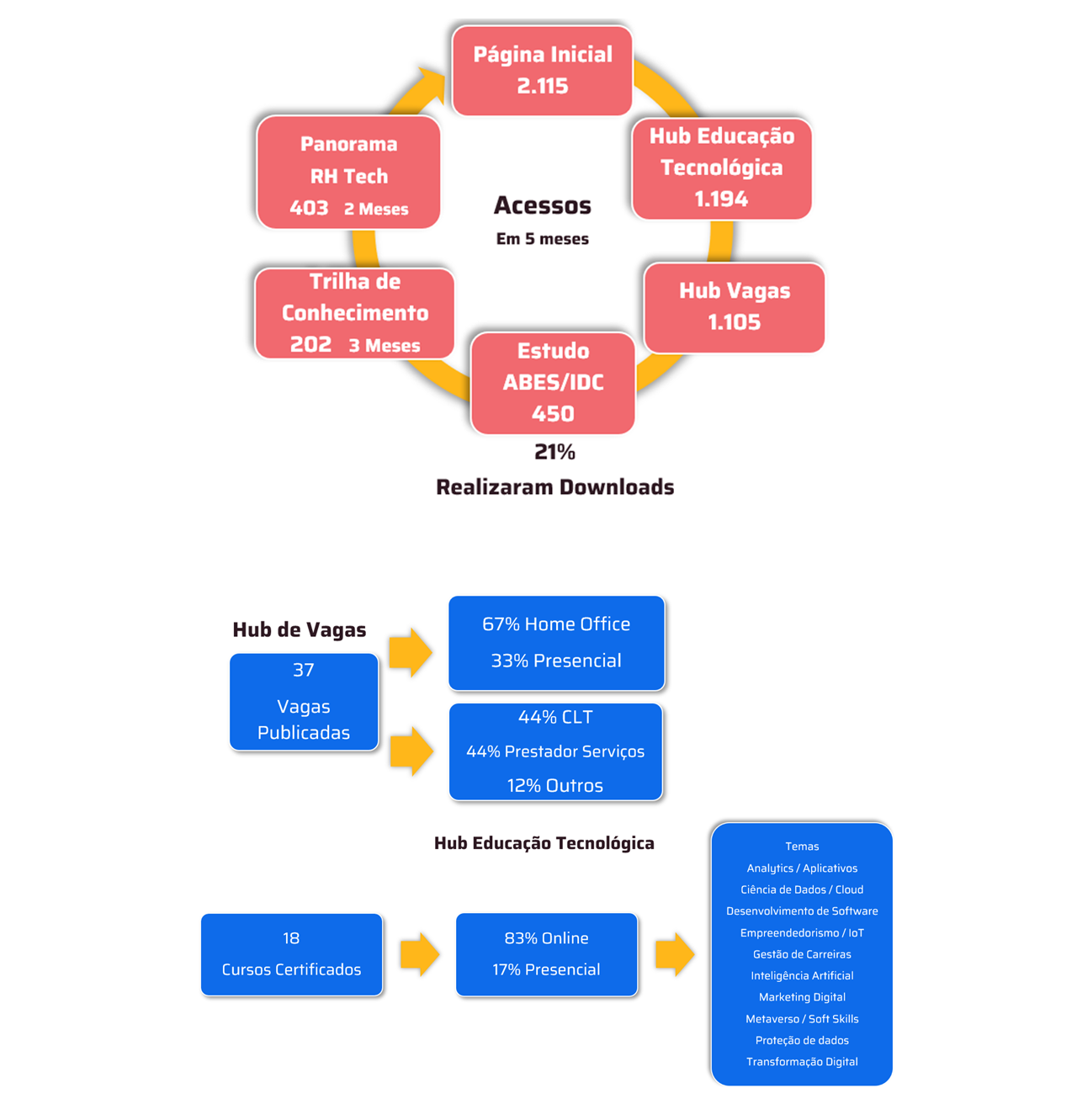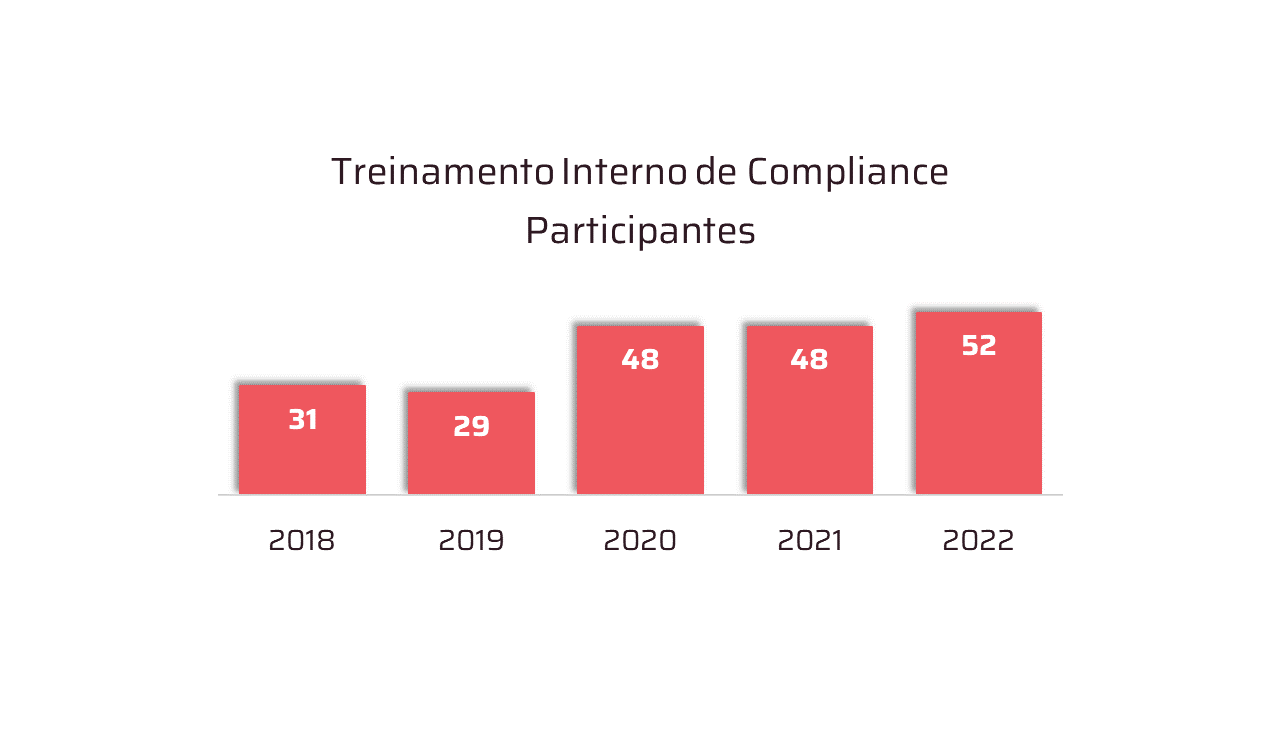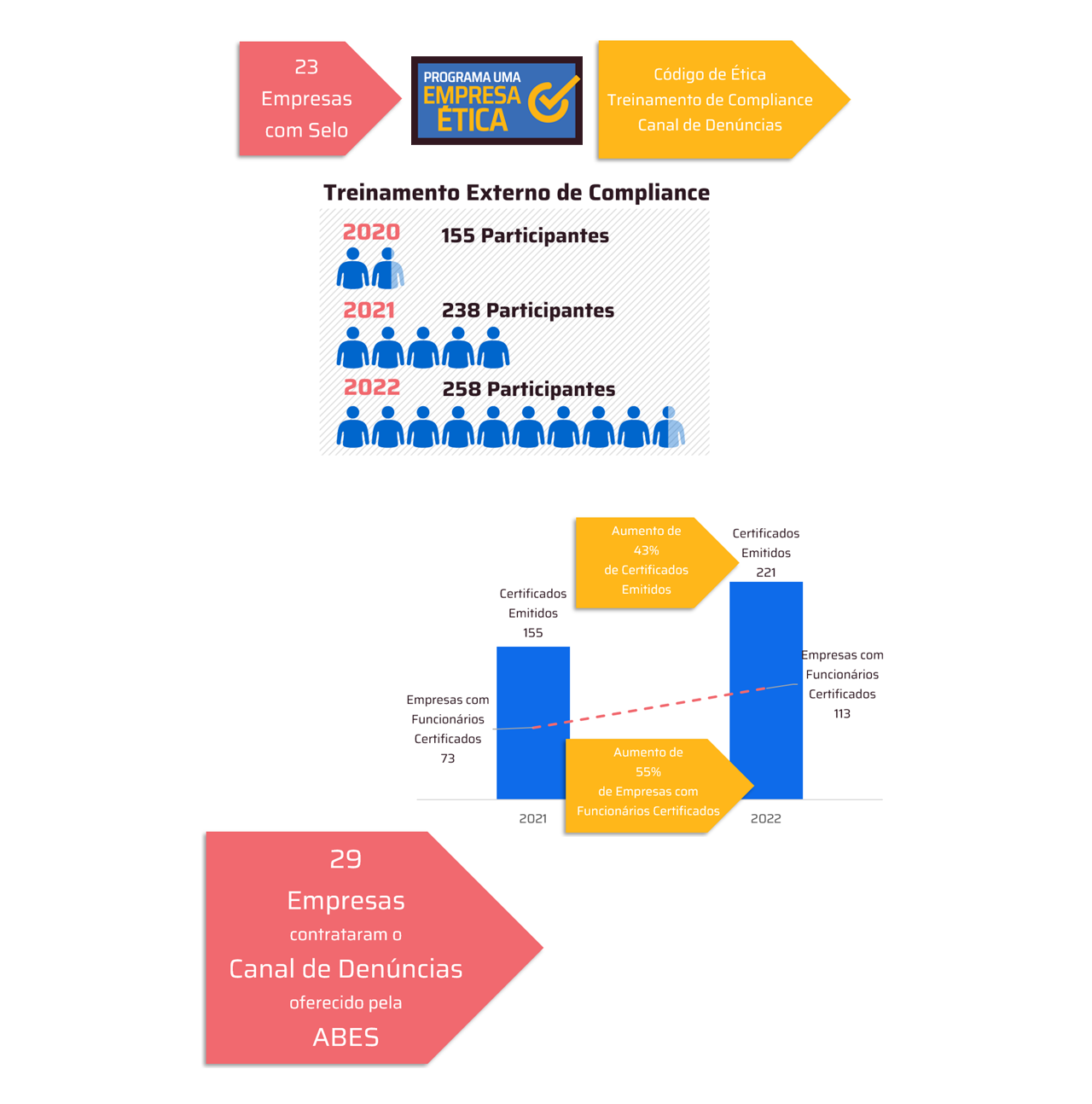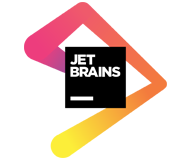Analysts will explore the latest trends in government technology at the Gartner CIO & IT Executive Conference, taking place September 22-24 in São Paulo.
Sovereign Artificial Intelligence (AI) and AI agents are expected to shape public sector adoption of AI over the next two to five years, according to Gartner, Inc.., a business insights and technology company. Both achieved Peak of Inflated Expectations in the 2025 Gartner Hype Cycle for Government Services.
You Gartner Hype Cycles provide a graphical representation of the maturity and adoption of technologies and applications, and how they are potentially relevant to solving real business problems and exploring new opportunities. The Gartner Hype Cycle methodology offers a view of how a technology or application will evolve over time, providing a solid source of insights for managing its implementation within the context of specific business objectives.
“Public sector leaders face increasing pressure to meet citizens’ rising expectations, navigate geopolitical uncertainty, and do more with fewer resources,” he says. Dean Lacheca, Vice President Analyst at Gartner. “The AI agents can address these challenges, but success will depend on bridging the gap between innovation ambitions and broader government priorities to ensure that investments strengthen services, trust, and resilience.”
Among the innovations Gartner has identified as having high potential for government organizations, prompt engineering is expected to reach widespread adoption in the next two to five years, and machine clients in five to ten years.
2025 Hype Cycle for Government Services
Source: Gartner (September 2025)
Sovereign AI
Sovereign AI refers to nation-states' efforts to invest in and advance their own development and use of Artificial Intelligence to achieve their specific sovereign objectives. It improves government operations through automation, modernizes processes to enhance the employee experience, and accelerates citizen engagement.
Gartner predicts that by 2028, 651 governments worldwide will introduce some technology sovereignty requirements to enhance independence and protect against extraterritorial regulatory interference. Sovereign AI aims to maximize the value of Artificial Intelligence while reducing associated risks, especially for sovereign states collaborating to achieve common goals.
AI Agents
AI agents are autonomous or semi-autonomous software entities that use Artificial Intelligence techniques to identify, make decisions, act, and achieve goals in their digital or physical environments. They can help governments improve service delivery, from processing citizen requests regarding policy and interpreting legislation to automating routine tasks.
Gartner predicts that by 2029, 60% of government agencies worldwide will use AI agents to automate more than half of citizen transactional interactions, up from less than 10% in 2025.
"Government leaders should incorporate AI agents into strategic planning, first identifying where they can deliver the most value," says Lacheca. "Then, they should execute targeted pilot projects to manage expectations and address organizational and citizen concerns. This should be followed by a clear roadmap to ensure initiatives move beyond the pilot stage."
Prompt engineering
Prompt engineering involves providing text or image input to Generative Artificial Intelligence (GenAI) models to guide and constrain their responses, with well-structured commands that significantly improve response quality, performance, and reliability. Governments can maximize the return on AI productivity tools by fostering AI literacy within their organizations, investing in context-specific prompt engineering skills, and creating reusable prompt libraries to support effective prompt development.
"Governments are investing in AI solutions that work best when users create clear, context-specific prompts," says Lacheca. "They shouldn't invest in AI solutions if they're not willing to invest in developing strong prompt engineering capabilities within their organizations."
Machine Clients
Machine customers are non-human economic agents that purchase goods or services on behalf of individuals or organizations. Gartner predicts that three billion internet-connected B2B machines could act as customers today, growing to eight billion by 2030. Governments will need the ability to authenticate, provide services, and regulate machine customers. For example, the proposed tax on electric vehicle use on roads in Australia could be administered by the vehicle itself, which would report its operations directly to the government.
"Government leaders need to identify where the adoption of machine clients by citizens and industries will require rethinking regulatory enforcement and service delivery," says Lacheca. "Existing government service delivery models will be disrupted, creating ethical, legal, and liability challenges. Governments cannot afford to be caught unprepared for the rise of machine clients."
Topics like these and others aimed at CIOs (Chief Information Officers) and IT and business leaders, including insights and trends that shape the future, such as accelerating business transformation, modernizing applications, infrastructure and operations, will be highlighted in the Gartner CIO & IT Executive Conference 2025, which will be held from September 22nd to 24th in São Paulo (SP).
Gartner clients can read more in the report “Hype Cycle for Government Services, 2025Learn more about how governments are adopting AI to improve service delivery to their citizens in Gartner's free webinar.Government Leaders, Is Your Data Ready to Enable Secure AI Initiatives?”.
About the Gartner CIO & IT Executive Conference
Gartner analysts will provide additional analysis on insights and trends shaping the future of IT and business, including accelerating enterprise transformation, application modernization, infrastructure and operations, during the Gartner CIO & IT Executive Conference, which will be held September 22-24 in Sao Paulo and from October 6th to 8th in Dubai. Follow the conference news and updates on X using #GartnerCIO.
About Gartner AI Use Case Insights
Gartner AI Use Case Insights is an interactive tool that helps technology and business leaders efficiently discover, evaluate, and prioritize potential AI use cases. Clients can search over 500 use cases (AI applications in specific industries) and over 380 case studies (real-world examples) based on industry, business function, and Gartner's assessment of business value. Clients can access the interactive tool at https://tools.gartner.com/use-case-insights.
About Gartner for Government and Public Sector
O Gartner for Government and Public Sector provides IT leaders and their teams with objective, actionable insights and tools to make faster, smarter decisions and achieve stronger performance on mission-critical priorities. Additional information is available at https://www.gartner.com/en/industries/government-public-sector/all. Follow news and updates from Gartner for Government and Public Sector at X and in LinkedIn.
About Gartner
O Gartner, Inc. delivers objective, actionable insights that drive smarter decisions and better performance for enterprises’ mission-critical priorities. To learn more, visit www.gartner.com.









